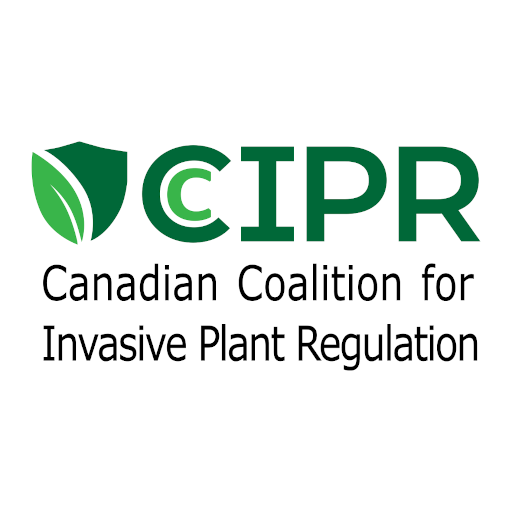Sault Ste. Marie—Gardeners and property owners in Sault Ste. Marie and Algoma District now have access to a “grow me instead” guide geared to this area. Produced by local environmental group Clean North, this guide spotlights 24 invasive plants known to be aggressive invaders here. It also suggests native plants to grow instead.
Replacing invasives with natives can be a big job, but it’s also rewarding. “I have greatly increased the number of native plants in my yard over the past decade, and the increase in biodiversity—especially pollinators—fills me with joy,” says Abby Obenchain, Clean North communications lead and author of the new guide. “I hope the new Grow Me Instead Guide will help others find the same joy.”
She points out that invasive plants pose a major threat to biodiversity. “They can push out native species and dominate ecosystems, reducing food sources and habitat for wildlife. They also can cause harm to the economy, recreation, and even human health.”
This guide came about because for years Obenchain has observed invasive plants wreaking havoc in her own yard as well as in natural areas in and around Sault Ste. Marie.
On behalf of Clean North, she applied for and won a $1,000 Invasive Species microgrant to develop an invasive plant education program for the Sault/Algoma. The Grow Me Instead Guide is the flagship product.
To complete the guide, she set out to determine which species were most troublesome locally—and which native plant species make the best alternatives. This work included consulting with partner organizations (listed below) and local botanists.
The end result is available on the Clean North website at cleannorth.org.
So what advice does Obenchain have for gardeners who want to tackle invasive plants on their property? “The first step is to inventory what plants are growing in your yard,” she says. “Then figure out which are invasive—spreading rapidly is a good clue; prioritize which to remove first; and replace them with native alternatives.”
She acknowledges that finding native plants can be a challenge. “They do pop up in local garden centres, but gardeners should double-check whether a plant is truly native before they acquire it. I’ve discovered that many plants people think are native here are actually not.”
Because of these challenges, the Sault/Algoma Grow Me Instead Guide has a unique feature: It offers two types of alternatives to invasives. One group comprises plants native to Algoma and the other features plants native to other parts of the province.
“Plants in the second category are still familiar to and offer benefits to many native pollinators, birds, and other wildlife,” Obenchain notes. “And they give people a bit more flexibility as they try to be more eco-friendly gardeners.”
Clean North would like to thank the Invasive Species Centre and Bruce Station Horticultural Society for providing funding for this work. Project partners/supporters are:
- Sault Naturalists
- The Kensington Conservancy
- Sault College School of Natural Environment
- Sault Ste. Marie Region Conservation Authority
- City of Sault Ste. Marie § Lake Superior Watershed Conservancy
- Bruce Station, St. Joseph Island, and Sault Ste. Marie horticultural societies
- Seedy Saturday Algoma § Algoma Master Gardeners
- Johnson Farmers Market
For more information about replacing invasive species with native plants, visit cleannorth.org or email Clean North at info@cleannorth.org.


